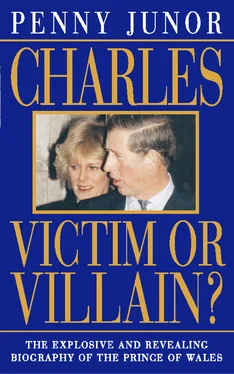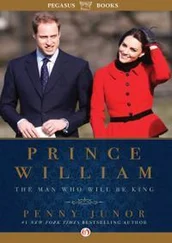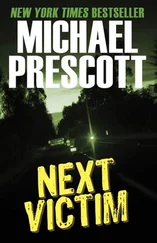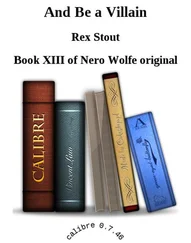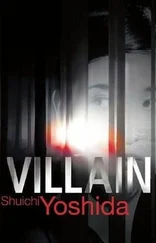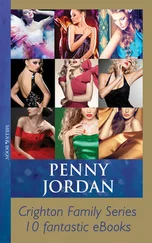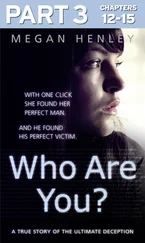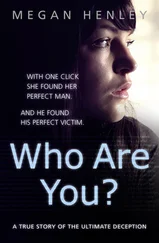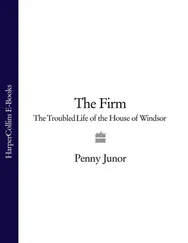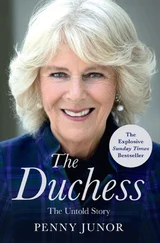Yet in London, the anger was mounting. People wanted a public display of grief. ‘They’re up in bloody Scotland,’ was the common cry. ‘They should be here. Those children should be down here.’
The whole Royal Family was well aware of the negative atmosphere building up in the south. They could see for themselves what was going on in the media and there was also a constant stream of news, views and advice coming in from politicians, friends, historians and VIPs from all over the world. But the Prince recognised it was not for him to take the lead. There was nothing he could usefully say which could have helped anyone. He had brought Diana’s body home from Paris; but if he also made a statement about how very saddened he was by her death, the public would have called him a hypocrite.
The Daily Mail headline on Tuesday morning – ‘Charles weeps bitter tears of guilt’ – only exacerbated the problem. It was an obscene headline over a picture of Charles taken some months before which the newspaper swiftly recognised had been a mis-judgement. The Royal Family was appalled, and from that morning onwards stopped putting the newspapers out on display for everyone to read at Balmoral, as they previously had. It seemed that the Prince’s only option was to keep a low profile and look after his sons, but by the middle of the week, when his mother’s advisers still saw no need to put on a public display of emotion, he became more forceful.
Meanwhile arrangements were underway for the funeral, and once again, there was fierce disagreement between the Prince’s office at St James’s Palace and the Queen’s at Buckingham Palace. Robert Fellowes was in an unenviable position. He was torn between duty to his wife, whom he adored, and his employer. Jane was very deeply distressed by the death of her sister and, like the rest of the Spencer family, had very definite ideas about how Diana’s funeral should be handled. While wanting to respect her wishes, Fellowes also had to think of what was the best course of action for the monarchy. The Spencer family wanted a very small, private funeral, and the Queen, inclined to agree to a minimum of fuss, strongly supported this wish to keep it small and for family only. The Prince, however, felt very strongly that Diana should have nothing less than a full royal funeral at Westminster Abbey, and had told Sarah and Jane on the plane coming back from Paris that he thought it would be impossible to do anything else. Although reluctant at first, once they saw the public reaction they began to realise that this was no family affair; they couldn’t keep it to themselves. There were bitter exchanges between the two camps. Even once a state funeral had been agreed upon, Earl Spencer and Sir Robert Fellowes thought that it should only be Spencers who walked behind the cortège. The Prince disagreed, and the question was not to be resolved until the last minute.
There were yet more rows over who should sit on the Funeral Committee, set up on the day of Diana’s death, chaired by Lord Airlie, the Lord Chamberlain, which met throughout the week in the Chinese Room at Buckingham Palace. The Prince of Wales wanted Downing Street represented on the committee, as did Tony Blair. The Queen didn’t, and it was left to Robin Janvrin to persuade Robert Fellowes that they needed help from Number 10.
As the week progressed, the absence of a flag flying at half mast at Buckingham Palace became another issue, upon which much of the public’s anger and emotion was focused. Outside the Palace, the piles of flowers grew ever more mountainous; flags were flying at half mast all over the country, and yet none of the Queen’s men could reach a decision about Palace protocol. The Royal Standard never flies at half mast over Buckingham Palace because the sovereign is never dead. The minute one dies, he or she is immediately succeeded by another: ‘The King is dead, long live the King.’
This was one occasion, however, where it was clear that the people of Britain didn’t give a damn about protocol. They wanted to see some feeling, some indication that the Royal Family was affected by the death of the Princess, and there appeared to be no such feeling. None of them had spoken publicly, none of them had been seen, and the most elementary of gestures, the lowering of a flag, had not been observed. To the press and to the nation this embodied everything that was irrelevant and out of touch about the monarchy in the nineties, and stood in stark contrast to the warmth and compassion of the Princess, which the public had so admired. It caused a furious row internally and, in the heat of the moment, it was suggested that Sir Robert Fellowes might ‘impale himself on his own flag staff’.
Finally Stephen Lamport spoke to Prince Charles. ‘You’ve got to talk to your mother. You’ve got to make her understand. You’re the only person who can do it.’
The Queen and the Duke of Edinburgh were entirely taken aback by the reaction to Diana’s death, and were not pleased at being told how to behave in order to appease public opinion. The Queen was so often castigated for being a remote mother who always put the country before her children. Now, on the one occasion on which she was putting her grieving grandchildren first, she was being castigated for not being in London when her country needed her. After discussing the matter with David Airlie, the Queen was persuaded that a public sign of grief was required and agreed on the Thursday that a Union Flag would fly at half mast from Buckingham Palace.
That same day the family ventured out of the gates of Balmoral for the first time since the morning of Diana’s death, as a means of gently preparing William and Harry for the funeral that was to be held two days later. The Prince of Wales had asked Sandy Henney, his press secretary, to come and have a chat with them. She had been in London for most of the week and witnessed what was going on there. She had felt the mood, and was one of the many people who had been feeding information up to Scotland all week, saying, ‘You can’t read about this, you can’t even see it on television. There is real hatred building up here, and the public is incensed by your silence.’
She took the children aside. ‘Mummy’s death has had the most amazing impact on people,’ she said. ‘They really miss her, and when you go down to London you will see something you will never ever see again and it may come as a bit of a shock. We want you to know about it so you will be ready for it.’
Flowers had been piling up outside the gates of Balmoral, although in nothing like the quantity at Buckingham Palace, St James’s or Kensington Palace in London. So the following day, when the children expressed the desire to go to church again, the Prince of Wales took the opportunity to give them a taster of what was awaiting them in the capital, and let them walk amongst the bouquets, reading the messages.
About sixty members of the press were waiting outside the gates of Balmoral that day, yet they uttered not a single word as the Queen, the Duke of Edinburgh, Peter Phillips, the Prince of Wales, William and Harry climbed out of their cars to look at the flowers and tributes. The only sound to be heard, apart from the clicking of the camera shutters, were the voices of the royal party. Five days after their mother’s death, the country had its first view of the boys, and it was a touching scene. All three Princes, father and sons, were visibly moved by what they saw and taken aback by the messages attached to most bouquets.
‘Look at this one, Papa,’ said Harry, grabbing hold of his father’s hand and pulling him down. ‘Read this one.’
Captured on film, the gesture sent shock waves around the world. The Prince of Wales did seem to have a heart after all. He actually held his son’s hand, something no one could ever have imagined before. He also seemed to have aged.
Читать дальше
